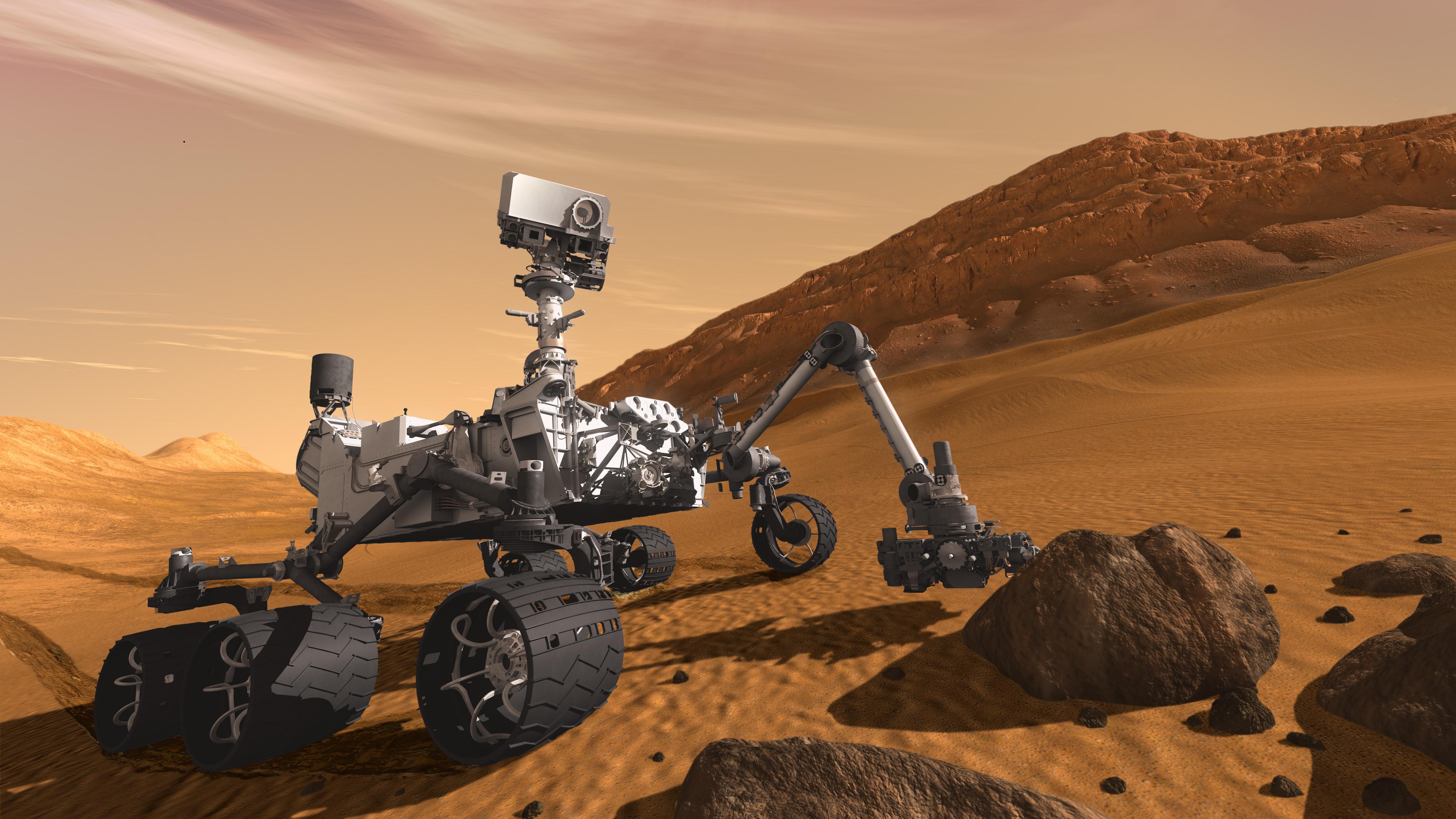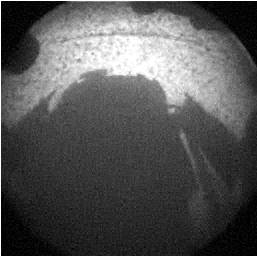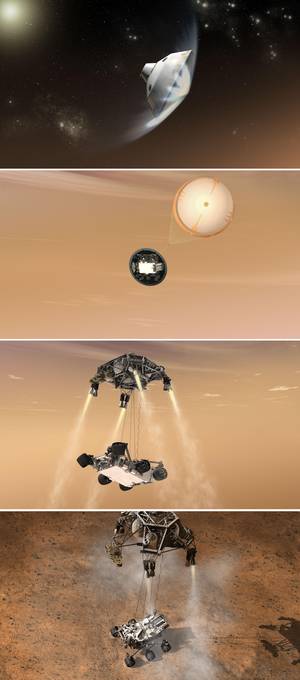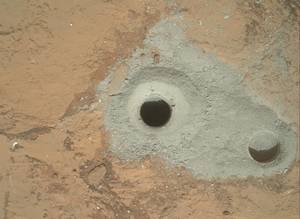The vehicle Curiosity is on Mars
2012/08/06 Roa Zubia, Guillermo - Elhuyar Zientzia Iturria: Elhuyar aldizkaria

NASA has placed a vehicle on the surface of Mars for the fourth time. During the first hours of August 6, at GMT time, the Curiosity vehicle has been deposited in the Gale crater of Mars by a flying crane. As soon as the vehicle lands, it starts sending the first images to Earth. This has been the first indicator of the success of the MSL mission.
The landing process has lasted seven minutes from the top of Mars' atmosphere. In fact, it is a very fine atmosphere, 110 times thinner than that of the Earth, and yet the entrance of the mission capsule generates a great heat that has been placed at 1,600 ° C. So he had a shield against the heat.
Inside the atmosphere, the capsule has been stopped by a parachute, which has released the anti-cancer shield, so the vehicle carrying inside and the crane have left.
The crane has used a propulsion system to minimize the fall to a certain height. The propulsion system itself could leave it very slowly in the soil of Curiosity, but this form of landing runs the risk of propulsion rockets lifting a cloud of dust near the ground that could cause failures in the electrical equipment of the system. For their part, they have left the vehicle on the ground with the flying crane system, that is, they have lowered it tied to some cables. They have done so very slowly, NASA engineers claim that the vehicle has reached the ground at 0.6 m/s. This is a very fast braking process, since seven minutes before the MSL capsule has reached 20,000 km/h to the high atmosphere of Mars (approximately 5,500 m/s).
Much of the difficulty of such maneuvers lies in communication, as the radio signal takes about 40 minutes to reach Earth from Mars. This means that in case of problems, NASA engineers could not make corrections, as the seven-minute event was going to be completely finished long before Earth knew the problem.

Now begins the scientific work of the Curiosity vehicle. NASA has granted much greater autonomy to previous vehicles, Pathfinder, Spirit and Opportunity, with the installation of plutonium batteries. Curiosity is believed to work for 14 years without stopping.
You will study the stones surrounding the landing point, as well as the materials found underground, using drills and laser destroyers. NASA scientists have highlighted the search for signs of organic compounds, as well as the living conditions of an era.

Gai honi buruzko eduki gehiago
Elhuyarrek garatutako teknologia







